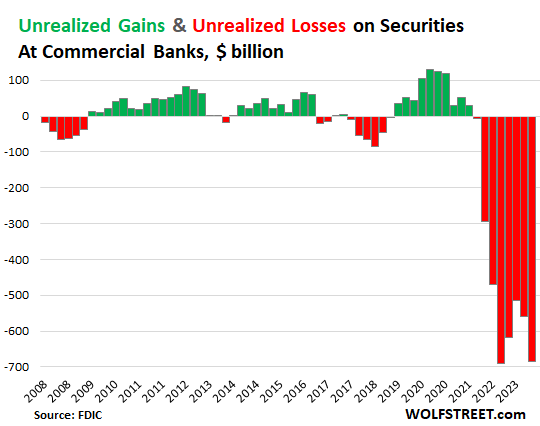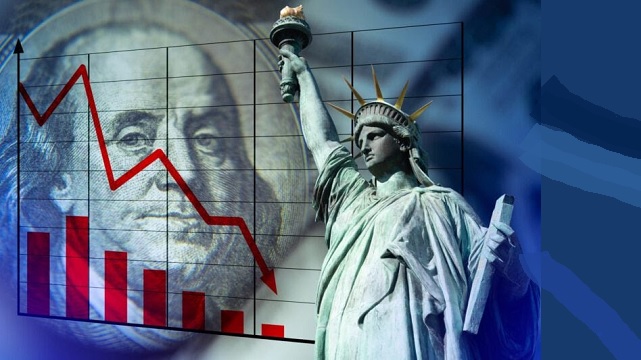Biden Admin Touted EV Charging Company To Support Climate Agenda. Now, Its Stock Is Tanking
By The Daily Caller

The Biden administration held up the electric vehicle (EV) charging company ChargePoint to support the president’s climate agenda on several occasions. Now, the company is facing considerable economic and legal headwinds.
In February, the White House highlighted ChargePoint’s deals with other companies as proof that the administration’s “actions on EVs have spurred network operators to accelerate the buildout of coast-to-coast EV charging networks.” However, in the nearly ten months since, the company’s stock price has lost significant value, ChargePoint CEO Pasquale Romano has stepped down from his post and the company now faces a class action lawsuit.
The White House promoted ChargePoint’s partnership with Mercedes-Benz and MN8 Energy “to deploy over 400 charging hubs with more than 2,500 publicly accessible (direct current) fast charging ports across the U.S. and Canada,” as well as the company’s partnership with Volvo and Starbucks “to deploy 60 (direct current) fast chargers at up to 15 locations along the 1,350-mile pilot route between Seattle and Denver to be completed by summer 2023.” Additionally, the White House touted ChargePoint’s agreement with SMTC Corporation to expand charger manufacturing capacity in California.
Sen. Stabenow (D-MI): “I drove my electric vehicle from Michigan to here last weekend and went by every gas station and it didn’t matter how high it was.”
Just wait until she finds out how electricity is produced pic.twitter.com/OS5TN78gbz
— Daily Caller (@DailyCaller) June 7, 2022
The White House also commended ChargePoint for “[investing] in equitable workforce development and [training] a diverse pipeline of skilled workers to build our nation’s infrastructure” in a November 2022 press release focusing on examples of “major progress” made by President Joe Biden’s climate agenda. The administration also mentioned the company in several other press releases recapping positive developments in the EV charging industry, including the one from February.
ChargePoint operates the largest public network of EV charging stations in the U.S. as of August, according to Edmunds.
In August 2022, several months before the White House issued the February press release, Biden appointed Romano to the National Infrastructure Advisory Council, a group of private sector and state or local government officials tasked with advising Biden on how to best reduce risks to the nation’s critical infrastructure. Despite the appointment, Romano stepped down as CEO on Nov. 16, as did CFO Rex Jackson, according to Bloomberg News. Between the day before the announcement that Romano was leaving and the day after, the company’s stock lost nearly 40% of its value, according to data from Google Finance.
The company’s stock price peaked at $46.10 per share on Dec. 24, 2020, and it stood at $13.38 per share on Feb. 15, 2023, the most recent that the White House mentioned the company in writing. As of Tuesday, it is trading at around $2.24 per share, according to data from Google Finance. The share price is down by nearly 75% year-to-date.
The company’s third quarter financial filings also show the company’s revenue was 12% lower than it was in last year’s third quarter. ChargePoint posted a net loss of $158.2 million for the quarter, up from the $84.5 million the company lost during last year’s third quarter.
There is also a class action lawsuit against the firm, which alleges that the company and some of its top executives violated the Securities Exchange Act of 1934. Specifically, the suit, which covers the time between June 1 and Nov. 16, alleges that the company’s share price became artificially inflated because of false and misleading statements made by company executives. The lawsuit alleges that the company was experiencing elevated component costs and supply overruns, factors that were likely to decrease the company’s profitability by forcing costly impairments.
The company’s supply chain issues ultimately forced it to announce a $42 million impairment, or reduction, to the value of its inventory in November, according to its third quarter filings.
“Based on recent investor interactions and multiple negative datapoints across the EV value chain, sentiment in the EV charging space has been muted and we are not surprised that ChargePoint F3Q (third-quarter) revenues would track below expectations,” JPMorgan analysts, led by Bill Peterson, wrote in a November investor note, according to Reuters. “However, the magnitude of the miss and the deceleration late in the quarter doesn’t bode well for near-term fundamentals for ChargePoint or the broader EV value chain in general, and EV charging specifically.”
ChargePoint’s story shares some characteristics with that of Li-Cycle, a battery recycling company with which the administration reached a conditional commitment for a $375 million loan package in February. Li-Cycle had cleared the Department of Energy’s (DOE) due diligence process while it was accused of defrauding its investors, and the company’s stock price has since tanked.
Charging infrastructure remains a key obstacle to the Biden administration’s wider EV agenda, which aims to have 50% of all new car sales be EVs by 2030. Most charging stations are densely concentrated in more densely-populated, coastal regions of the U.S., according to the DOE.
The Biden administration has set billions of dollars aside to help the EV industry build out a nationwide charging network. The administration has committed billions to subsidize EV manufacturing infrastructure, and also to provide consumer tax credits to increase the appeal of the pricier vehicles.
However, auto manufacturers are mostly losing considerable amounts of money on their EV product lines, consumer demand is not reaching projected levels and auto executives are backing off some of their short-term production targets.
The White House, ChargePoint and the DOE all did not respond immediately to requests for comment.
AUTHOR
NICK POPE
Contributor.
RELATED ARTICLE: Biden’s EV Push Undermined By Scarce And Faulty Charging Stations
EDITORS NOTE: This Daily Caller column is republished with permission. ©All rights reserved.
All content created by the Daily Caller News Foundation, an independent and nonpartisan newswire service, is available without charge to any legitimate news publisher that can provide a large audience. All republished articles must include our logo, our reporter’s byline and their DCNF affiliation. For any questions about our guidelines or partnering with us, please contact licensing@dailycallernewsfoundation.org.













